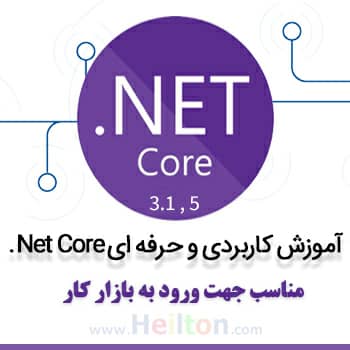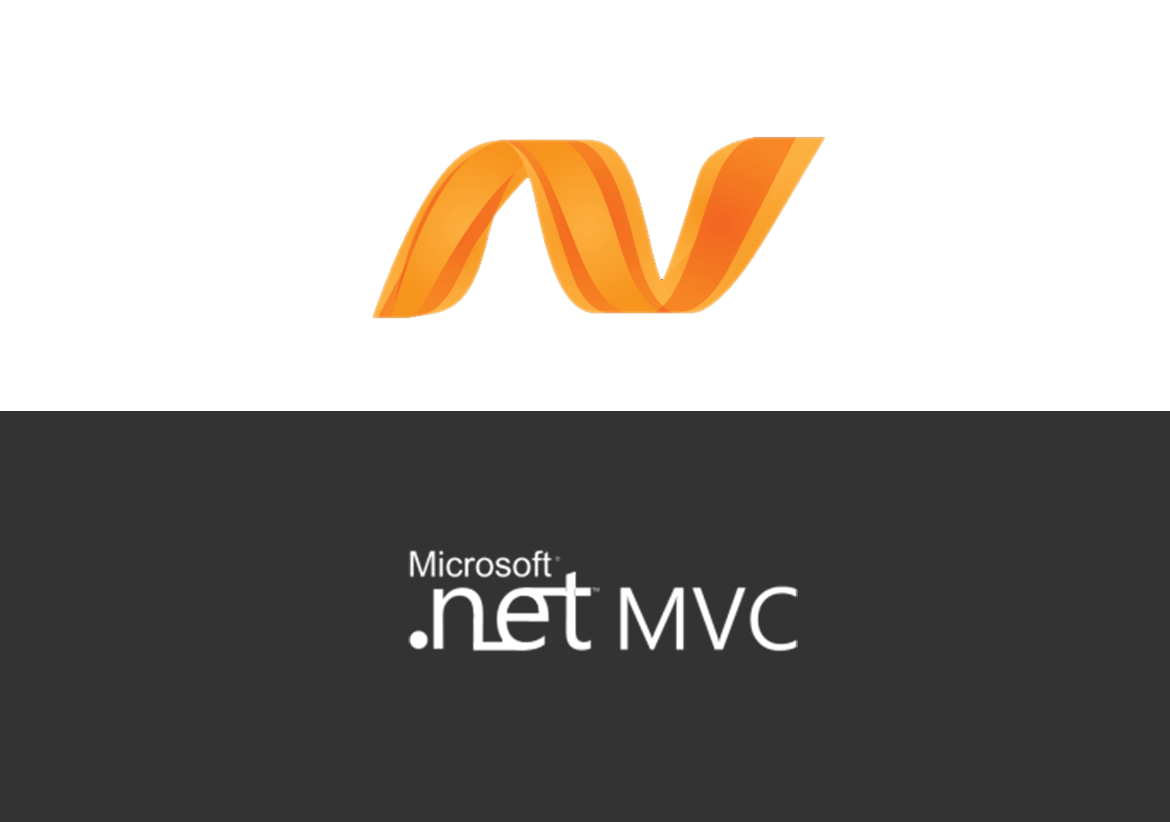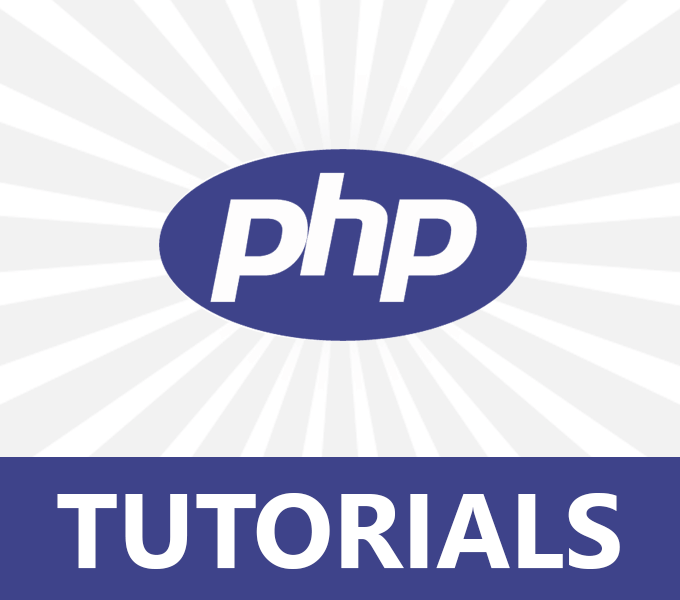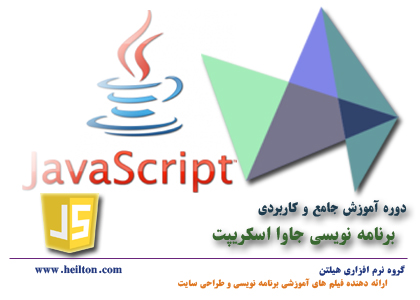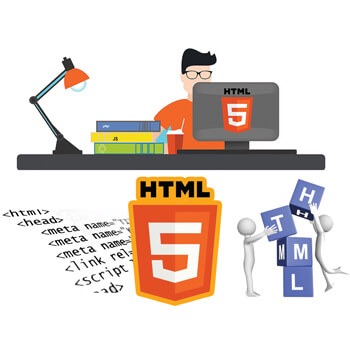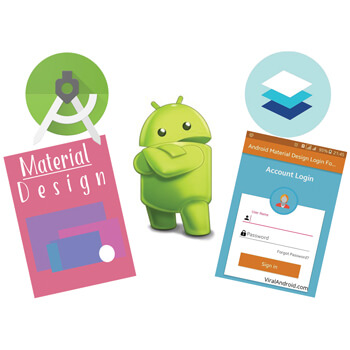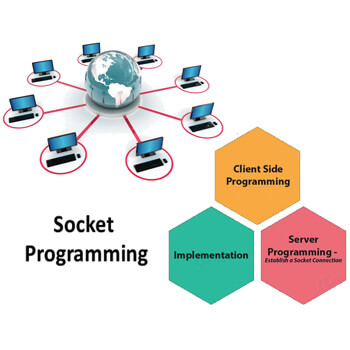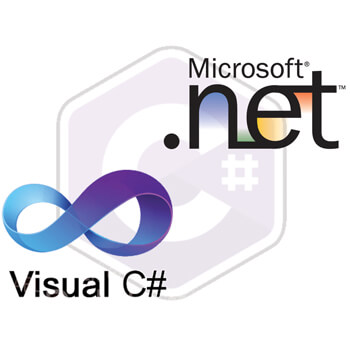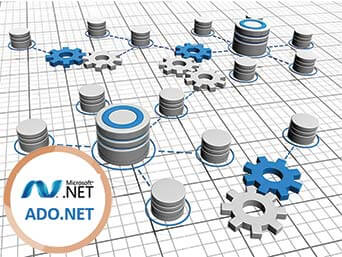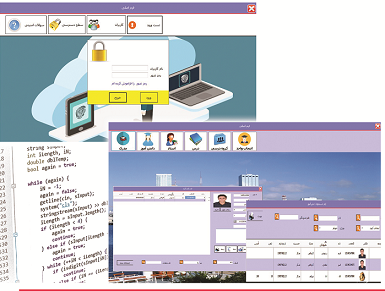
اینجا سرآغاز تولد یک مهندس ماهر است
هیلتون، برگزارکننده دورههای آموزشی آنلاین برنامه نویسی و طراحی وب و علم داده، با ۱۳ سال سابقه، از شروع یادگیری تا استخدام در بازار کار در کنار دانشجو است.
مشاهده دورههاآموزش های منتخب
محبوب ترین و برترین آموزش ها
دروه Asp.net MVC Core جهت ورود به بازار کار
-
1 درس
-
15 ساعت
آموزش جاوا اسکریپت JavaScript+ریفکتور کد و کلین کد
-
1 درس
-
7.30ساعت
آموزش پروژه محور طراحی سایت فروشگاهی دیجی کالا (Digikala ) با زبان Asp.Net MVC تحت سی شارپ (#C)
-
1 درس
-
53 ساعت
آموزش برنامه نویسی سوکت Socket Programming
-
1 درس
-
10 ساعت
آموزش برنامه نویسی سی شارپ #C درمحیط کنسول
-
2 درس
-
8 ساعت
برنامه نویسی پایگاه داده در سی شارپ ado.net
-
1 درس
-
9 ساعت
دروه Asp.net MVC Core جهت ورود به بازار کار
-
1 درس
-
15 ساعت
آموزش جاوا اسکریپت JavaScript+ریفکتور کد و کلین کد
-
1 درس
-
7.30ساعت
آموزش پروژه محور طراحی سایت فروشگاهی دیجی کالا (Digikala ) با زبان Asp.Net MVC تحت سی شارپ (#C)
-
1 درس
-
53 ساعت
آموزش برنامه نویسی سوکت Socket Programming
-
1 درس
-
10 ساعت
آموزش برنامه نویسی سی شارپ #C درمحیط کنسول
-
2 درس
-
8 ساعت
برنامه نویسی پایگاه داده در سی شارپ ado.net
-
1 درس
-
9 ساعت
انتخاب کن و یاد بگیر!
تو میتونی! فقط کافیه قدرت شروع ناقص رو باور کنی...
مدرسهای برتر
گلچینی از برترین اساتید توسعهی نرم افزار ایران



